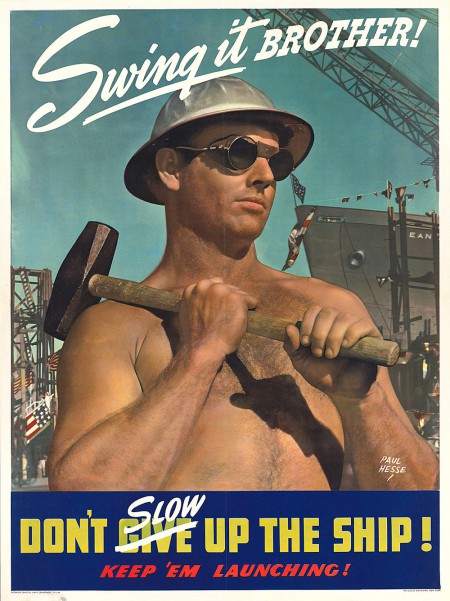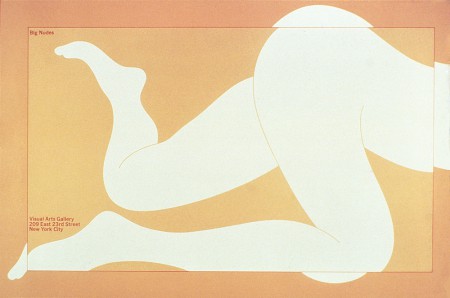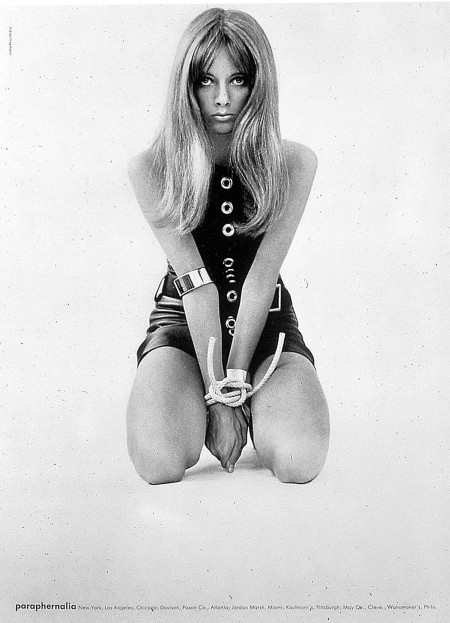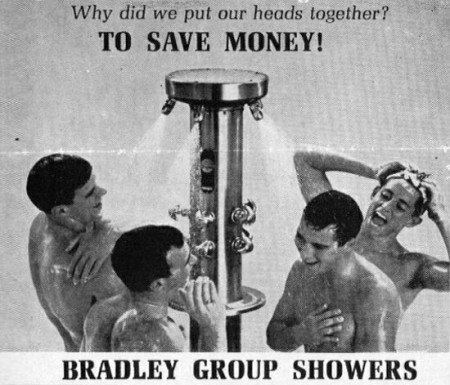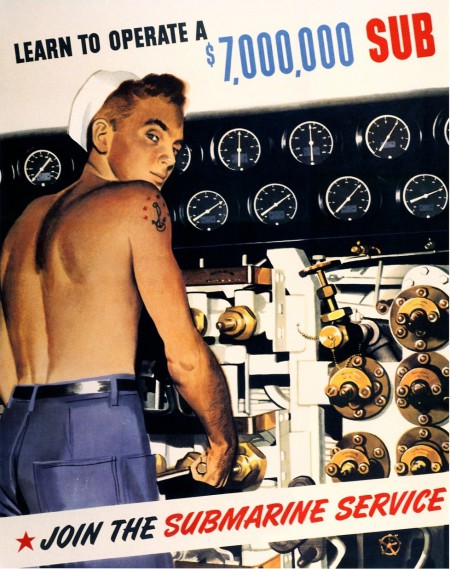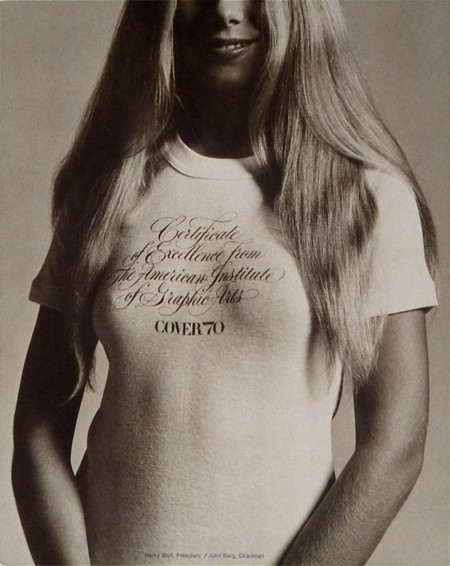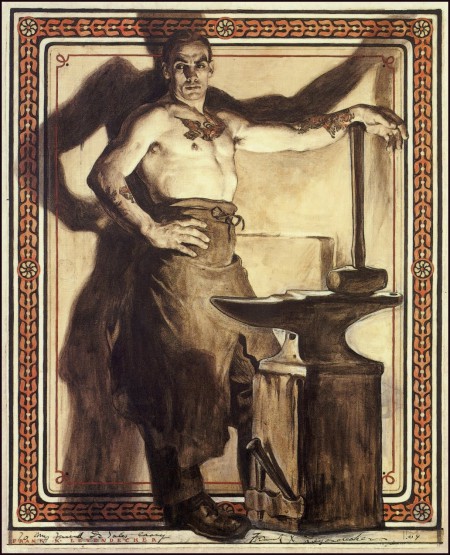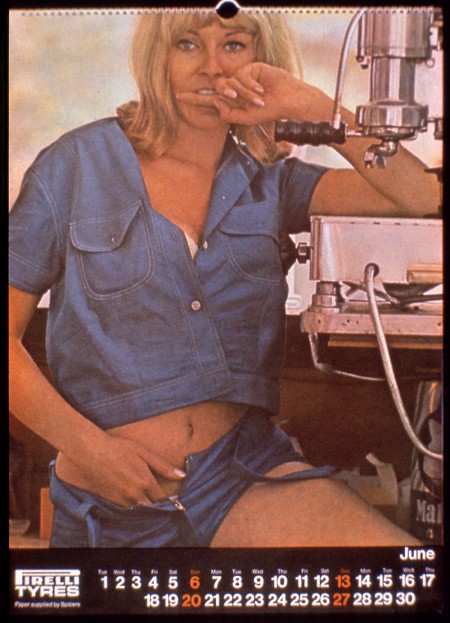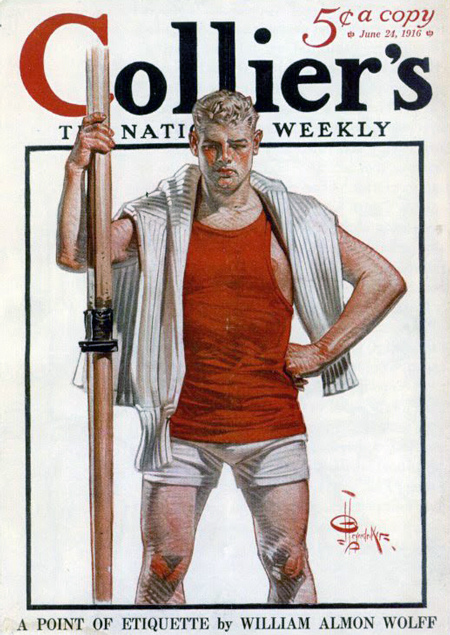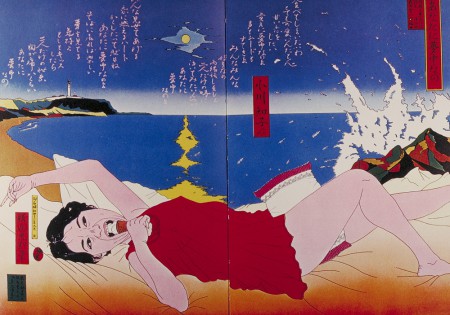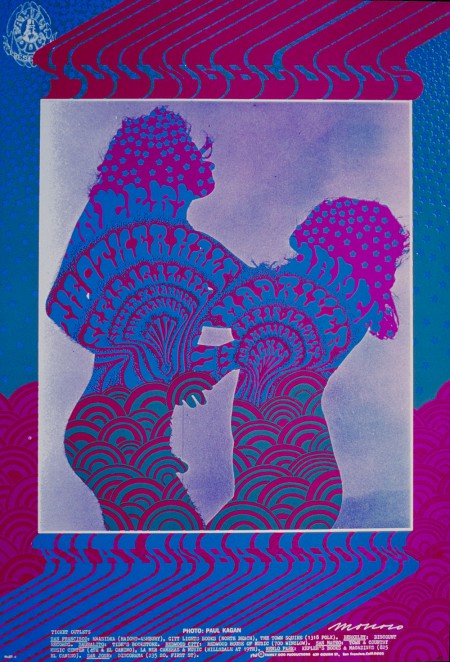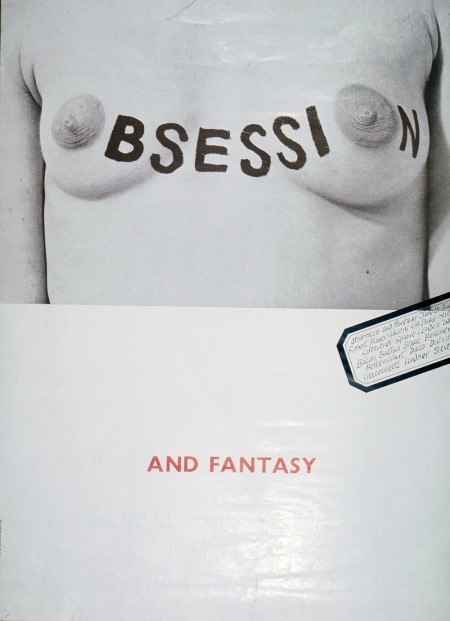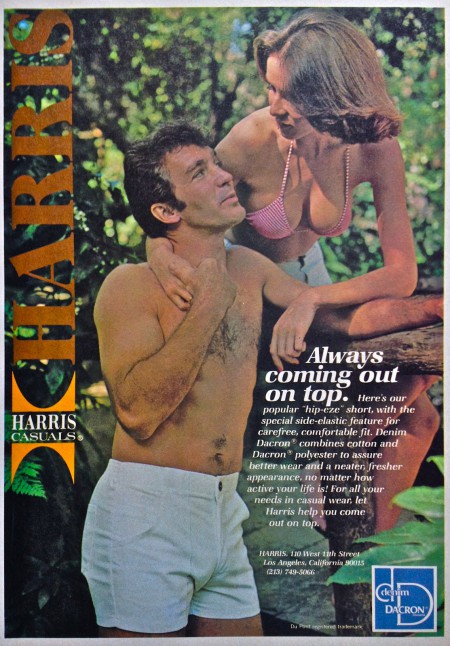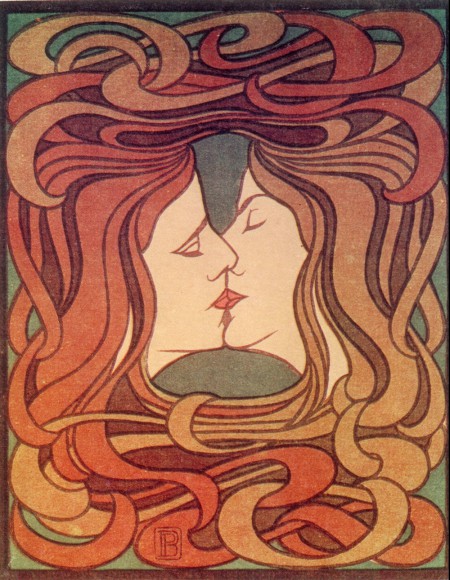Design Sexy Time
When I was in college, a visiting artist gave a presentation on "Sex in Advertising." As this was in the midst of the women's art movement and high critical thinking, the audience expected a relentless assault on the horrors of sexuality in advertising and design. Instead, the artist presented an intelligent examination. She discussed issues such as objectification, subjugation, and patriarchy. But she also talked about less black and white points like seduction, human nature, beauty, and the power of primary impulses such as sex and eating. When she turned from the attitude du jour of the evils of sex and began to explore the possibility that sex might be positive, the audience responded with outrage. They stomped out of the theater in disgust and fury. It was like a stampede of crazed buffalo.
Of course, sex in design can be detrimental and negative. But are there instances when it works? Is it okay to like a poster or ad because it is "hot." For some reason, a large proportion of older male designers in the 1960s and 70s retired and made fine art that was really just thinly disguised soft core porn. Henry Wolf used imagery that might work in Playboy on mainstream advertising.
I've always liked the definition that "good" is about creation and construction, "evil" is about destruction and making someone "less than." Perhaps this is the filter to view this type of work. Is the subject glorified and celebrated, or minimized and objectified?


